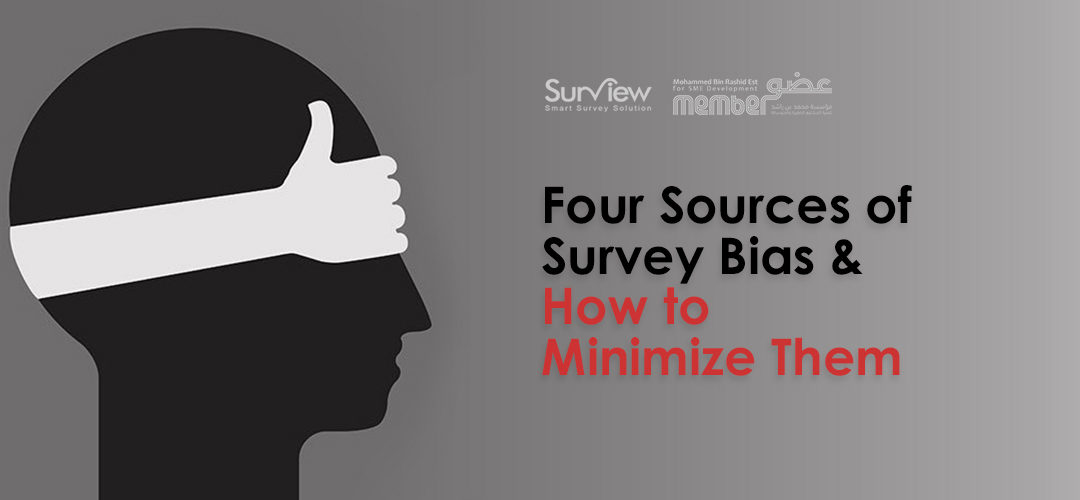Wording of Your Questions
Survey bias can be subtle or blatantly obvious in a question’s wording, and can take many forms. Survey bias can be minimized by the survey designer by remaining impartial while developing the survey questionnaire. It is also important to avoid writing questions that may lead or confuse the respondent. It is also a fact that survey designers may also create biased questions due to their own lack of knowledge in a subject or ignorance of other people’s perspective on that subject.
To minimize bias, it is essential to remain neutral in all questions no matter how extreme the topic is. Another way is to conduct secondary research to ensure you have a full understanding of the topic in study. Furthermore, a constructive peer review by an expert in the same field of the survey topic will allow you to learn of any problems with your questions that make them confusing or erroneous for the subject of study and its target population.
Understanding of the correct language to be used while making a survey will increase the chances of reaching honest and accurate responses from the respondents.
Via these examples of survey questions you will be able to get ideas for making bias free survey questions in your next survey.
Question Type and Design
The type of questions you choose to make the survey can have significant impact on the responses received. Most common types of survey questions include: multiple choice questions, rating scales, ranking questions, open and closed ended questions. In addition to question types, the options of answers provided to the respondent may also significantly impact the responses received. To avoid running into this type of bias, it is crucial for the researcher to understand the strengths and weaknesses of each question type they will be using in the survey. This way the question and its options will not only be chosen correctly but can be tailored in order to provide only the most useful data.
Survey Structure
One of the most overlooked forms of survey bias comes from poorly designed survey structures. Survey structure usually pertains to the order in which the survey questions are revealed to the respondent, but can also refer to the number of questions per page, the survey logic, the survey length, and the introduction and conclusion. Each of these portions of survey structure can contribute to survey bias and drop outs.
As with the other forms of survey bias, the best way to avoid making errors with your survey structure is through studying how modifying each aspect of your survey will affect your respondents’ reactions to each question. For example, putting the most threatening or personal seeming questions at the end of your survey will decrease your number of drop outs. Acknowledging information like this will allow you to construct the best possible surveys.
Designing and Colours
This section of survey bias includes any form of aesthetic touch added to a survey design. It can include colour schemes, font styles, logos, [sometimes videos, sounds and any other type of interactive element]. Designing is important to provide stimulus to the participant and avoid respondent fatigue. Moreover, using colours and logos allows respondents to recognize a survey’s legitimacy. However, providing styling can also bias your survey. The fact is, people respond in various ways to different colours and imagery.
It is important to use pretesting to ensure there are no issues with your choice of designing/styling. Ask your pretest team whether they can clearly see and read everything in the survey and if the style used effected how they felt about the survey questions. A rule of thumb for styling is to ensure that the survey cannot be considered directed towards one demographic. Instead any added styling or colouring should make the survey look neutral while still being inviting and professional.
Visit www.surview.ae to make your survey. You can also choose from one of our 250+ survey templates which can be customized as per your needs.

